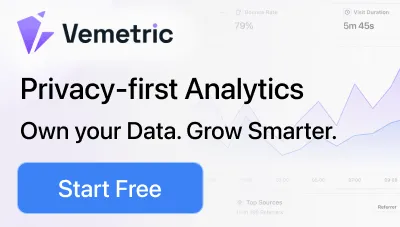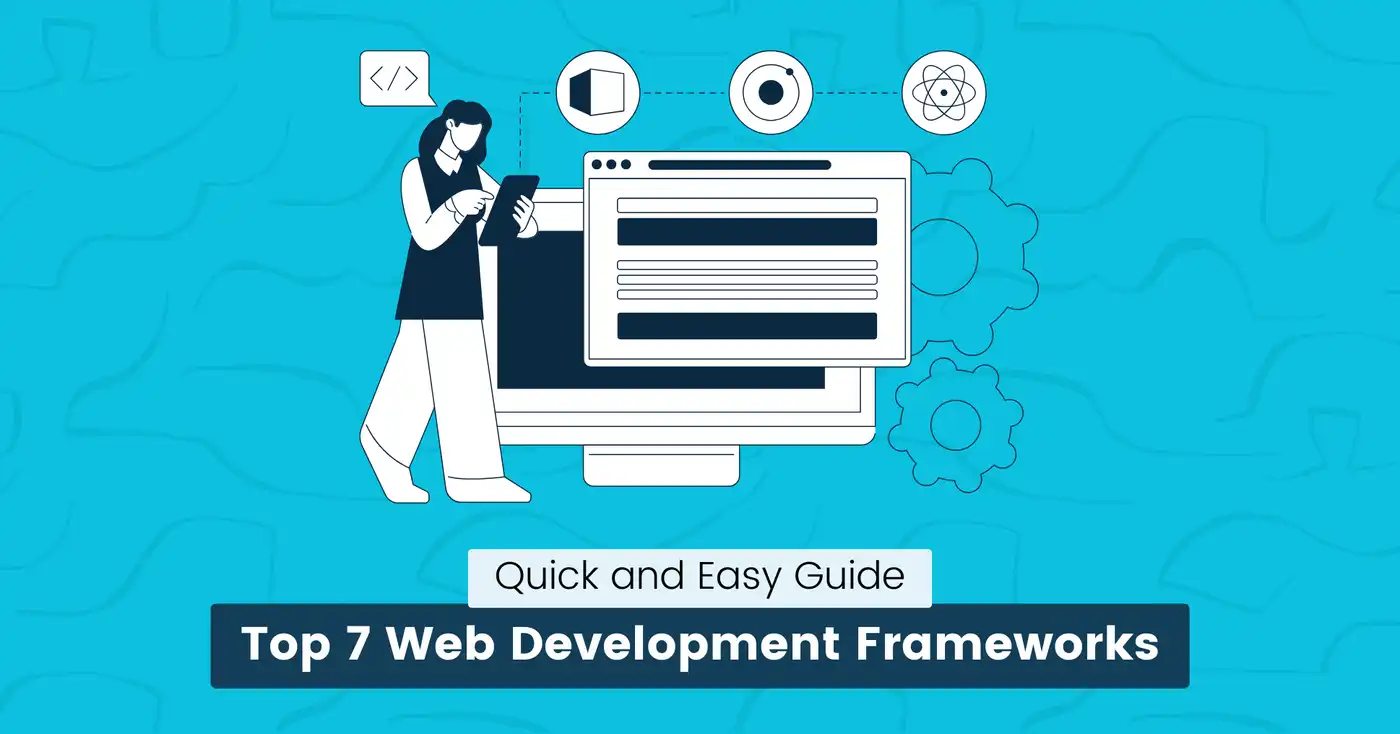
Top 7 Web Development Frameworks: Quick and Easy Guide (2024)
Are you struggling to find the perfect web development framework for your web project?
Choosing the best framework for your development process can be challenging due to the wide range of options available.
This guide will show you the top 7 web development frameworks to help you choose the best one for a smoother coding experience.
What are Web Development Frameworks?
Web development frameworks are prewritten code, libraries, and tools that provide a structured way to build and maintain web applications, websites, or APIs.
These frameworks provide developers with a structured foundation, reducing the need to start coding from scratch for every project.
Core benefits of using Web Frameworks are:
- Predefined structure and organization for your codebase
- Pre-built, reusable components and modules
- Protection against SQL injection and cross-site scripting (XSS)
- Automation of routine tasks, such as database interactions or URL routing.
- Code libraries for code snippets.
- Built-in testing tools and debugging functionalities.
Tip: Learning a framework requires consistency. The best way to learn is by sharing it with others. You can use Snappify to share code snippets of what you are learning with your audience.
7 Best Web Development Frameworks
Now, look at some of the most popular web development frameworks and libraries to help you choose the best one for your project.
React
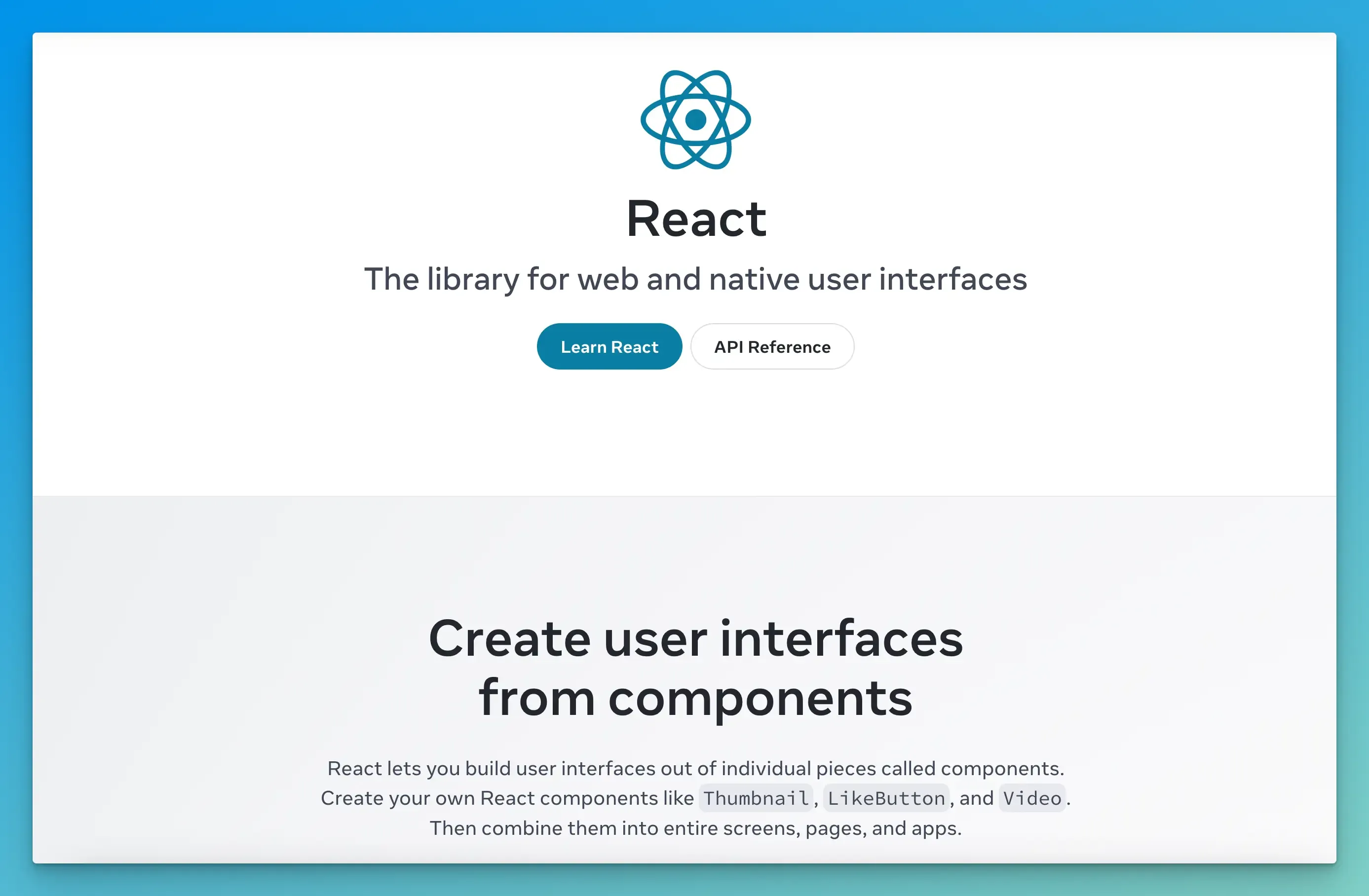
ReactJS is a popular front-end JavaScript library for building user interfaces.
It is well-liked in the developer community for its efficiency and flexibility in creating dynamic web applications, particularly single-page apps.
It’s known for its component-based architecture and virtual DOM, providing modern and efficient UI development.
React is technically a JavaScript library, but most web developers consider it a framework due to its extensive features that make the code more readable and easier to understand.
A large and active community with a vast ecosystem of React component libraries, tools, and resources, making it an ideal choice for front-end development.
Key Features:
- The declarative syntax allows developers to describe how the UI should look and behave.
- It follows a one-way data flow.
- Virtual DOM improves performance by updating only parts of the page instead of updating the entire DOM when changes occur.
- It supports JSX extension that allows developers to write HTML-like code in JavaScript.
- 218k+ GitHub stars with over 1647 contributors.
- Used by 19.6 million developers.
- React is developed and maintained by Facebook.
Angular
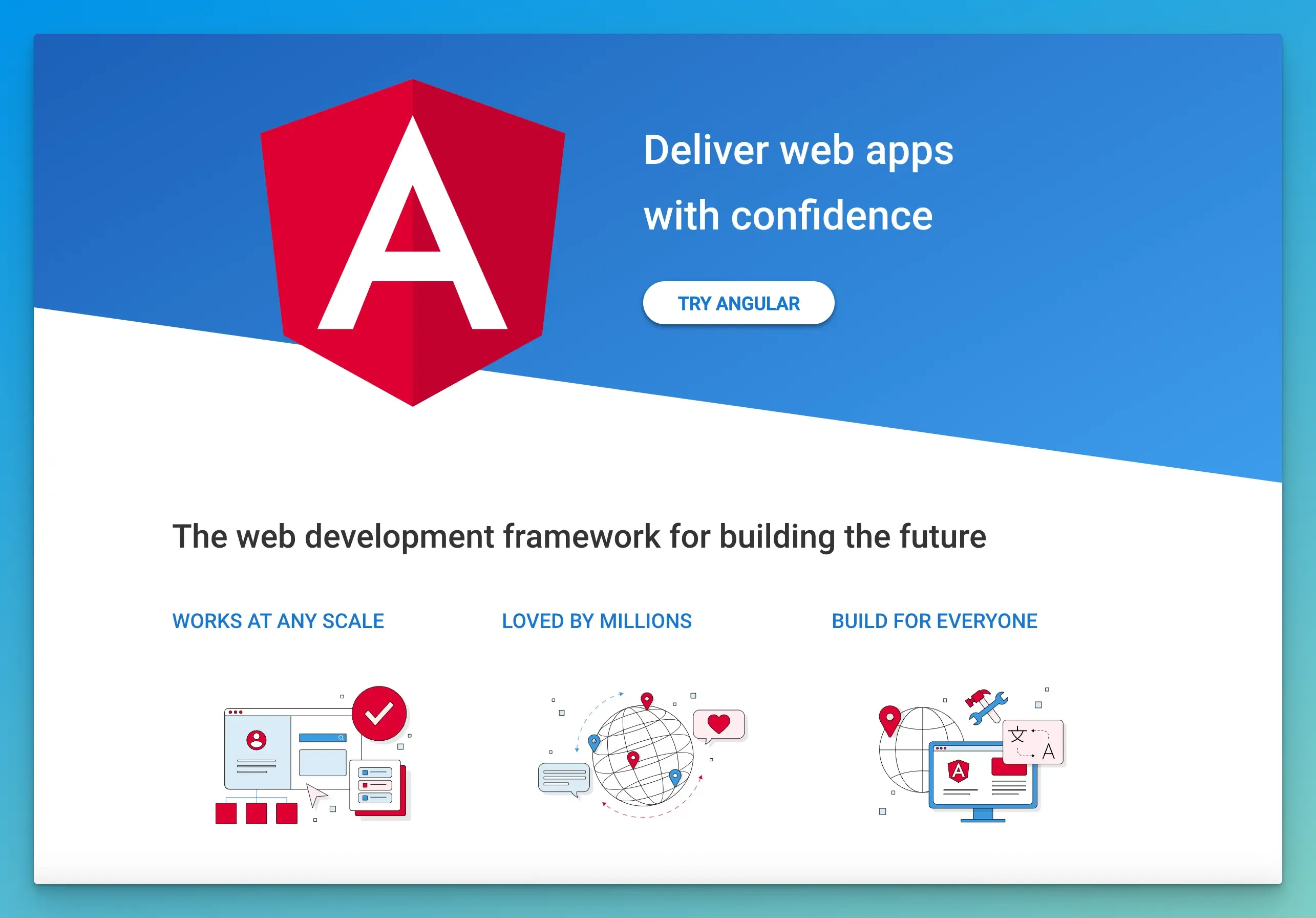
Angular is a powerful front-end JavaScript framework for building dynamic, modern web applications.
It offers comprehensive features and tools for testing and developing scalable applications, particularly single-page applications.
It follows a component-based architecture that prioritizes code reusability to facilitate development and improve productivity.
Key Features:
- Built with TypeScript that enhances code quality and maintainability.
- It uses a modular architecture, making the application more scalable and maintainable.
- It supports two-way data binding, automatically synchronizing data changes between model and view.
- A built-in dependency injection (DI) system that manages dependencies between components rather than creates or manages them manually.
- 93.4k+ GitHub stars with over 1860 contributors.
- 3.2+ million users
- Angular is developed and maintained by Google.
Express
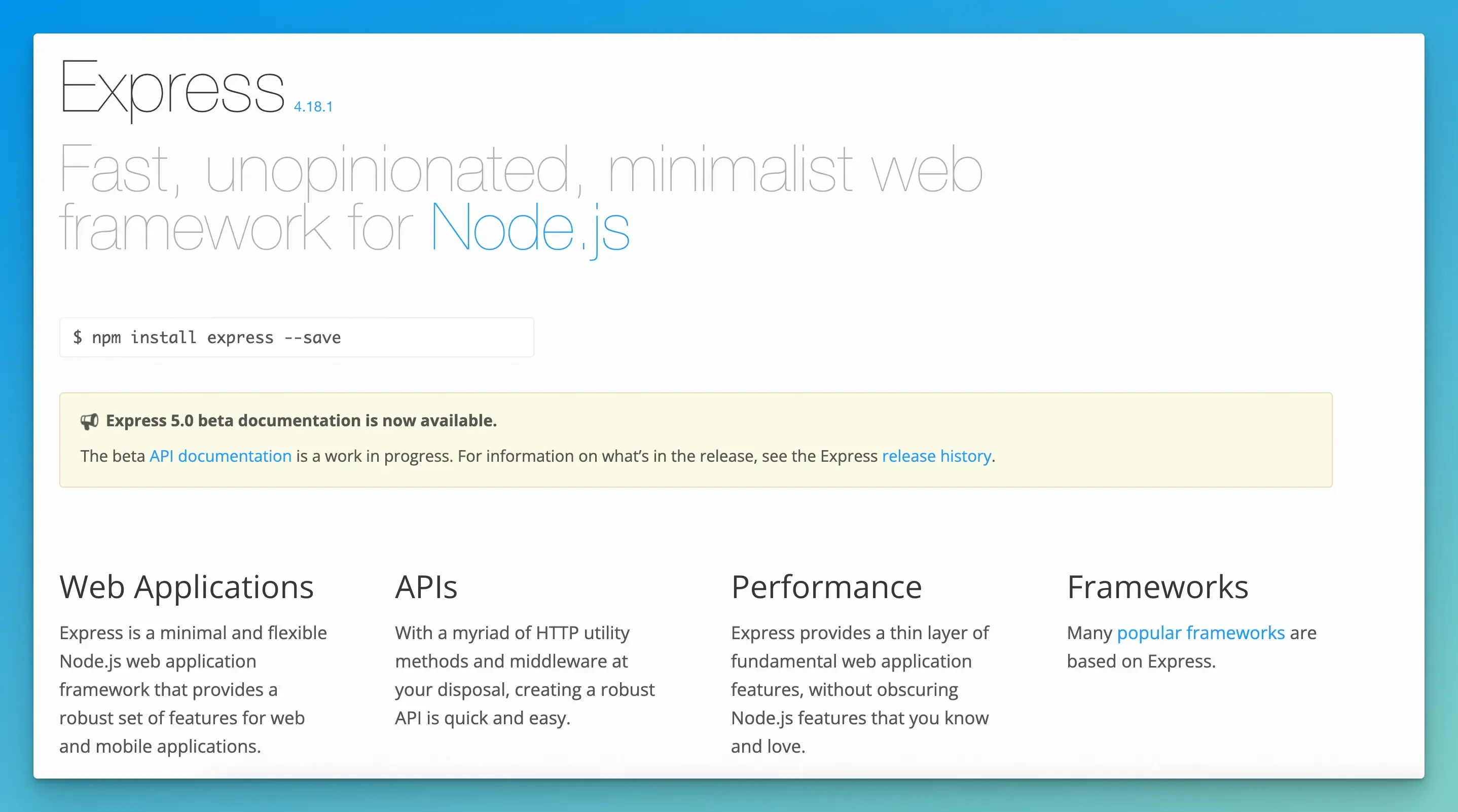
Express is an open-source backend Node.js web application framework widely used for building server-side applications and APIs.
It is popular as a minimal and flexible framework that simplifies handling HTTP requests and responses.
It provides a robust routing system and a comprehensive range of features for both web and mobile apps.
It is designed with modular components and is an ideal web framework that prioritizes high performance.
Key Features:
- Middleware for custom requests allows developers to perform logging, authentication, and error-handling tasks.
- It is highly extensible and unopinionated, allowing developers to add additional functions through third-party middleware.
- It supports RESTful API development.
- 62.9k GitHub stars
- Used by 24.5 million developers and popular names like Accenture, IBM, and Uber.
Django
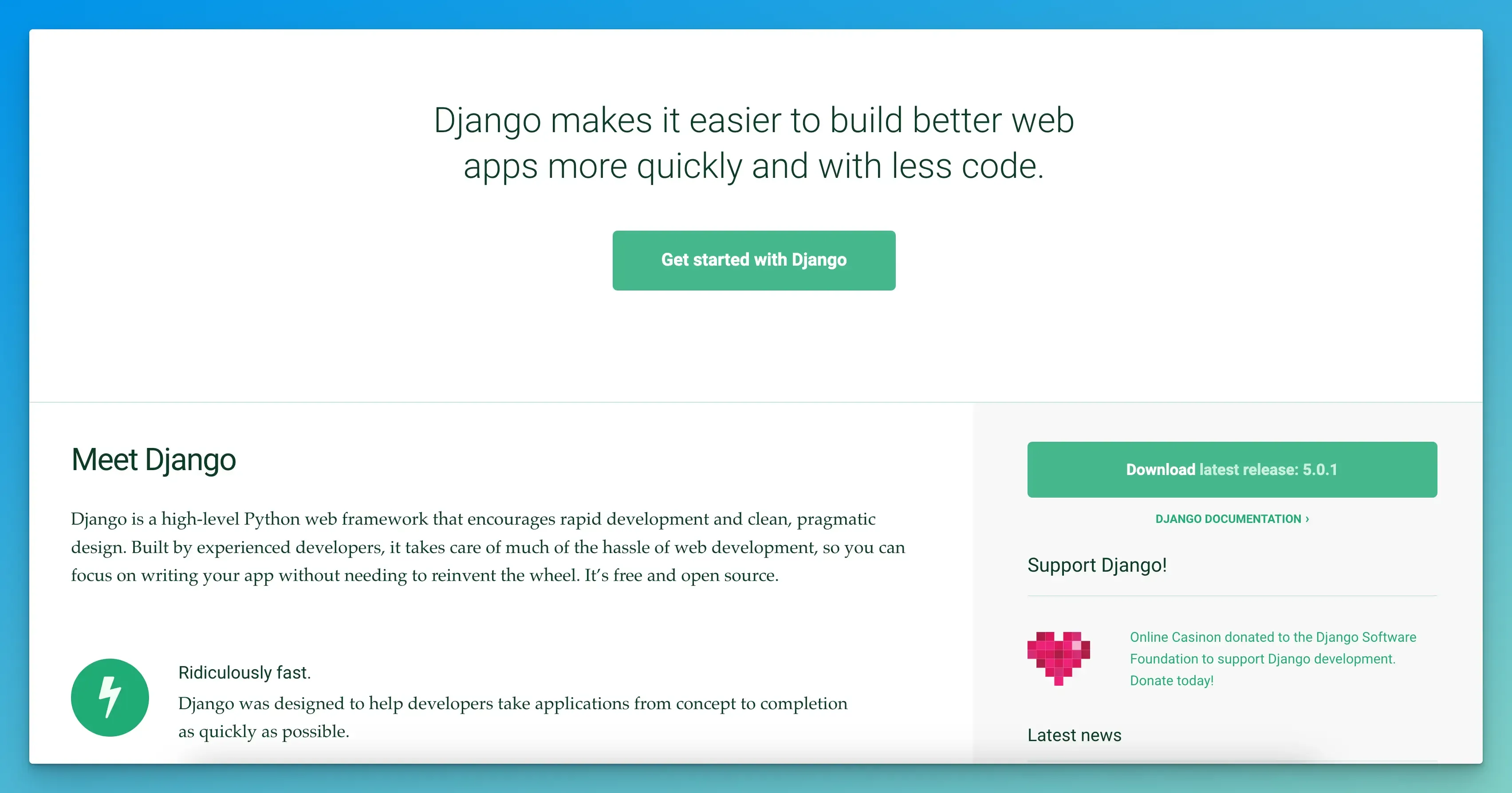
Django is a high-level Python backend framework known for its simplicity, productivity, and emphasis on clean design.
It is a robust and feature-rich framework with tools and functionalities that support the rapid development of complex websites.
It is popular for its scalability, versatile nature, and built-in features, which minimize the need for third-party tools and speed up development.
Key Features:
- Django follows MVC architectural patterns, organizing code into models for data handling, UI, and control flow.
- It automatically generates an admin interface that allows developers to manage data without writing custom administrative tools.
- Built-in template engine that allows developers to create dynamic HTML pages using Python-like syntax.
- It has support for security features for protection against XSS and SQL injection.
- Middleware to process requests and responses globally, enabling features like authentication checks, security backends, and more.
- A simple and clean URL routing system makes it easy to define URL patterns.
- 75.3k GitHub stars with 2510 contributors.
- Used by 1.5 million developers, including Pinterest, Spotify, Mozilla, YouTube, and Instagram.
Rails
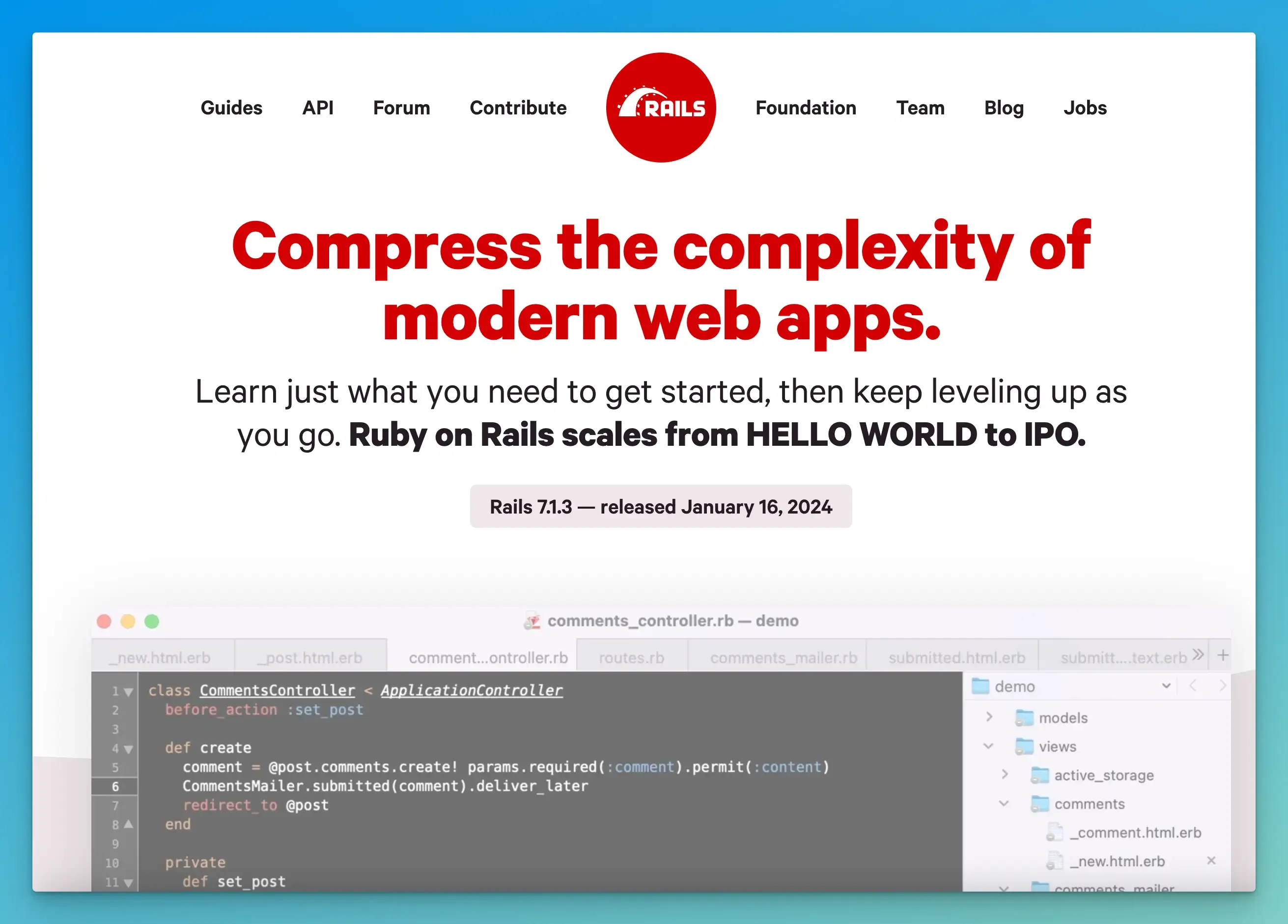
Rails or Ruby on Rails is an open-source backend web development framework written in the Ruby programming language.
It is known for its convention over configuration, reducing the configuration code needed.
Rails enforces defaults to streamline development and helps developers focus on building features rather than configuring settings.
Key Features:
- It uses the don’t repeat yourself (DRY) principle, promoting the reuse of components to keep the codebase concise, clean, and more maintainable.
- Rails is ideal for growing applications because it handles high traffic efficiently.
- Predefined conventions reduce setup time and decision fatigue.
- It uses an integrated approach to manage and optimize the loading of JavaScript, CSS, and images.
- Rails follows the MVC architectural pattern.
- 54.3k GitHub stars with over 4916 contributors.
- Used by 2.1 million developers and some popular companies are using it like Zendesk, Square, Intercom, Airbnb, GitHub, and Shopify.
Laravel
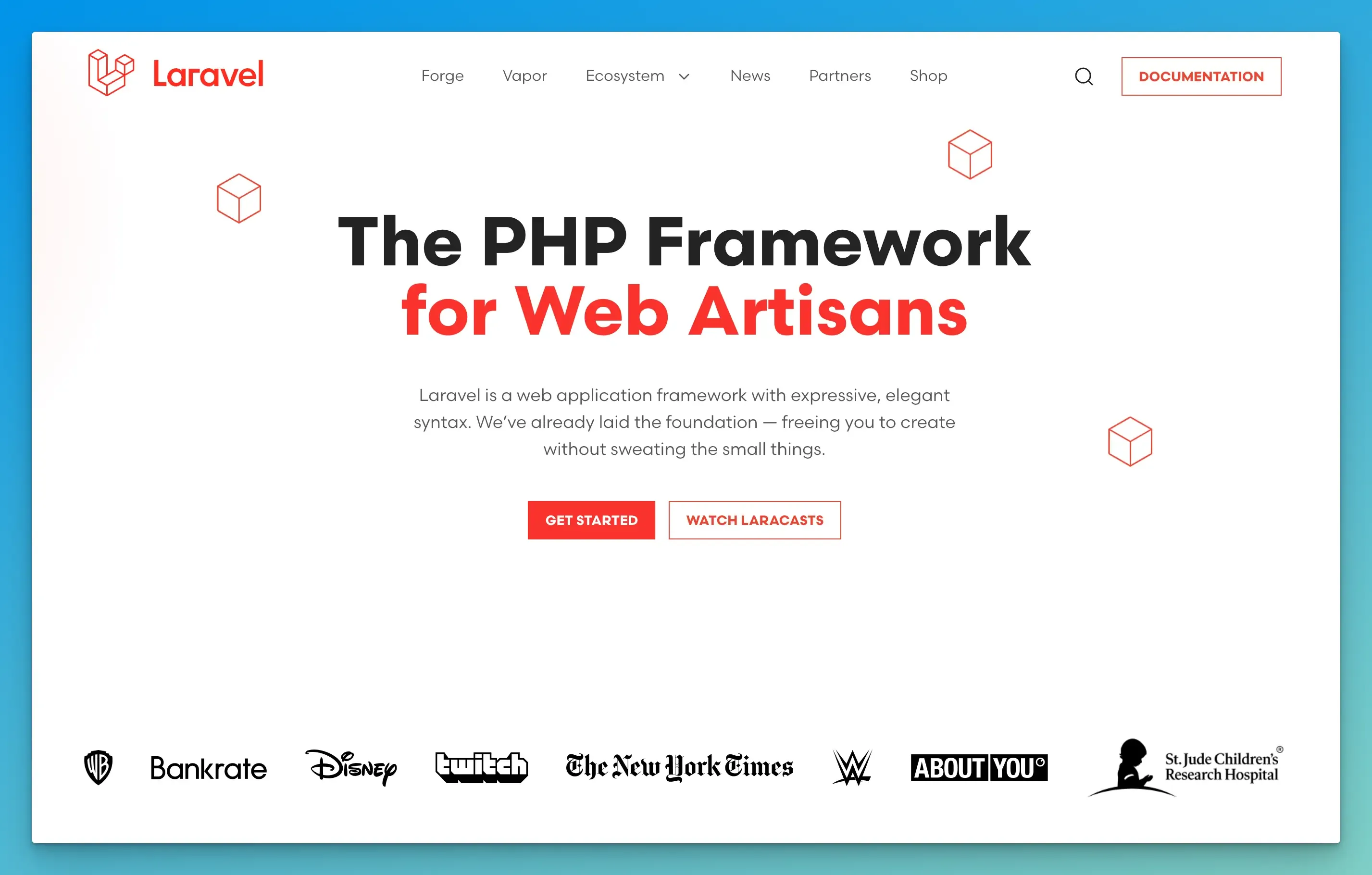
Laravel is a robust open-source PHP web application development framework known for its elegant syntax and extensive, developer-friendly features.
It is known for creating modern full-stack web apps that focus on clean, secure, scalable code.
Key Features:
- It includes Eloquent ORM (Object-Relational Mapping), allowing developers to work with databases for active-record execution using expressive syntax.
- Laravel comes with the Artisan command-line tool that enables developers to create custom commands and reduces development time.
- Support of Middleware to handle HTTP requests and responses.
- It has Built-in tools for security and testing.
- Simple and expressive routing system that uses expressive syntax to enhance readability.
- 75.9k GitHub stars with over 646 contributors.
Spring
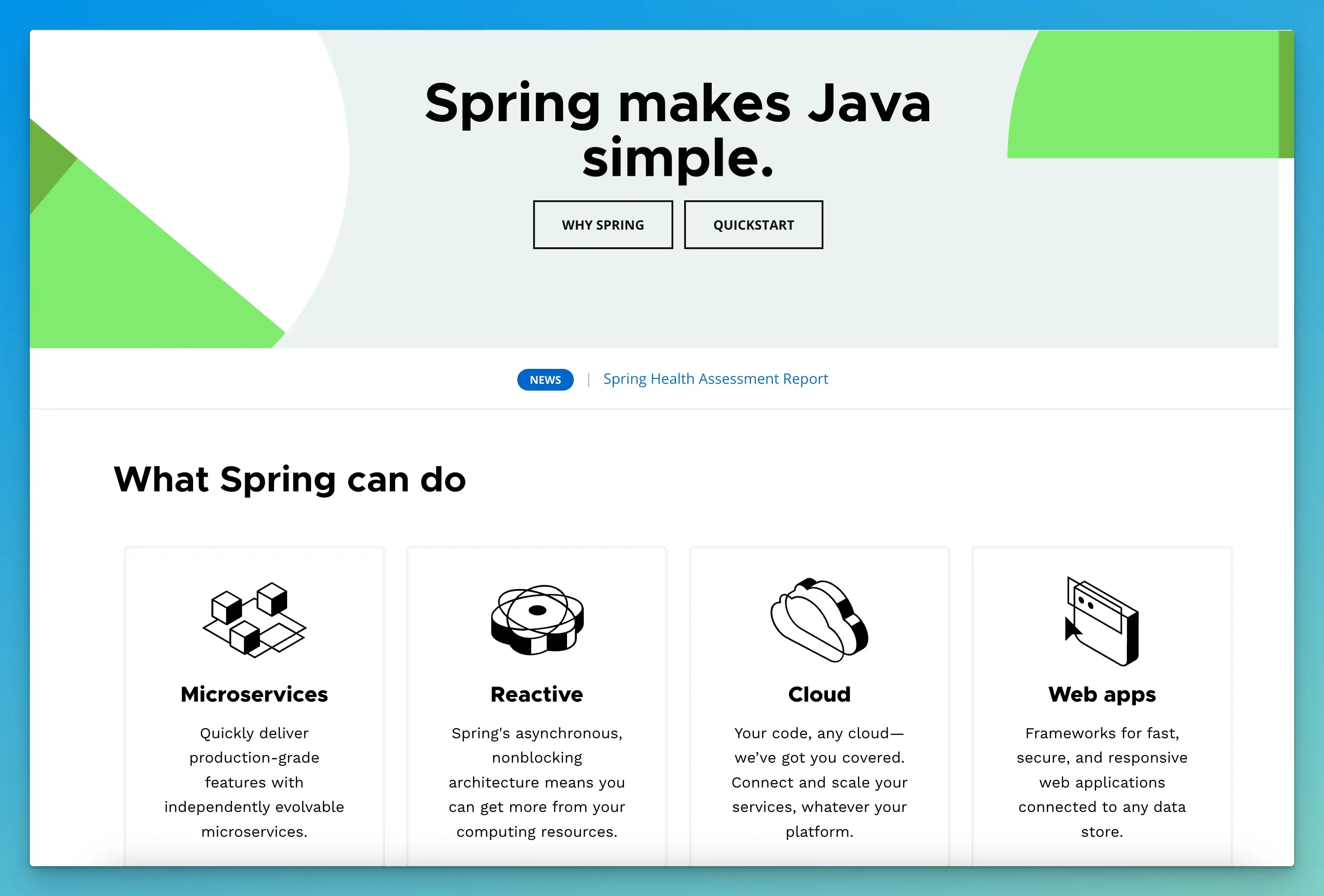
Spring is a comprehensive open-source framework for building enterprise-level Java applications.
It provides many features to simplify and enhance the development process for creating high-performance, scalable applications.
It does not enforce any particular programming style, so developers can select the best tools and techniques.
Key Features:
- Spring facilitates DI (Dependency injection), which promotes modularity and testability.
- It implements the inversion of control (IoC) principle for easier testing and integration of loosely coupled components.
- It supports aspect-oriented programming (AOP), which separates cross-cutting concerns like logging and security from the core business logic.
- Integration of Java EE and other tools makes it more versatile and manageable.
- Spring supports i18n and localization to build applications that are easily adapted to different languages and regions.
- Projects such as Spring Boot with an embedded web server for setting up standalone Spring applications.
- 54.3k GitHub stars with 837 contributors.
- Companies like Ticketmaster and Wix use it, while Netflix, Alibaba, and LinkedIn use Spring Boot.
Other Popular Frameworks
Our recent guide has covered some of the best javascript frameworks and best javascript charting libraries. Aside from these, you can also explore following web development frameworks:
- NestJS
- Koa JS
- Codeigniter (PHP framework)
- AdonisJS (Laravel-like JavaScript framework)
Final words
As modern web development continues to evolve, many frameworks are available for developers to use, and new ones keep emerging.
We’ve listed some widely adopted frameworks favored by large corporations and startups.
Choose the one that aligns with your needs, and start coding like a pro!
FAQs:
What is the best web framework for beginners?
For front-end development, Vue.js is often recommended for beginners, while Flask (Python) and Express.js (JavaScript/Node.js) are popular choices for backend development.
What is the best framework to build a website?
The best web framework depends on your specific project requirements and your team’s expertise, but popular choices include React, Angular, Vue.js, Django, Ruby on Rails, and Laravel.
What is the most used web framework?
The most used web frameworks in the JavaScript ecosystem are react.js for front-end web development and Express.js for backend web development.
